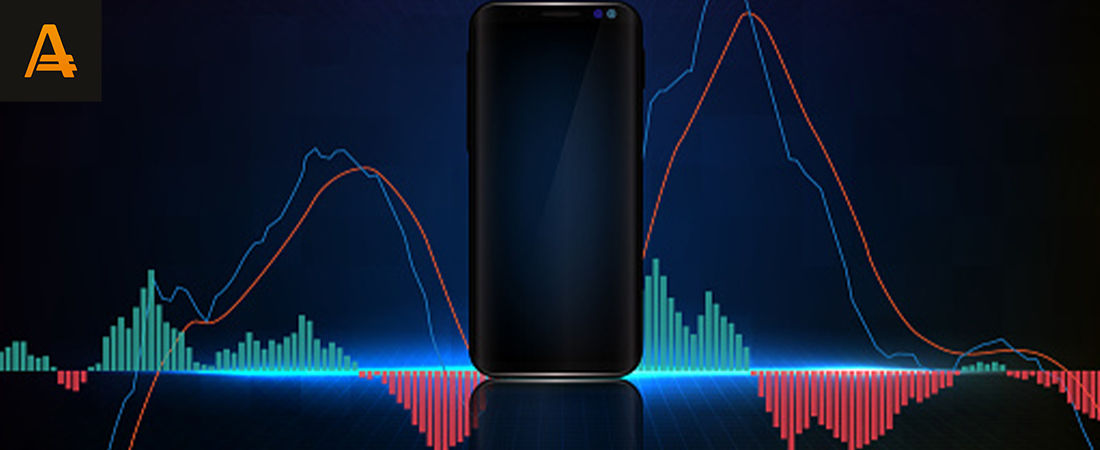Today, we’ll keep reviewing useful tools that help traders in their daily work. The topic of this post is pending orders.
A pending order is an instruction to buy or sell a trading instrument at a price that differs from the current market price. The price indicated in a pending order can be both higher and lower than the current price of an instrument. In other words, if you can’t determine a specific entry point now, but you expect it to appear in the near future, above or below the market price, you can place a pending order at a predefined level. When the asset reaches this mark, the trade will be opened automatically.

Let’s take a look at an example to see how it works. Suppose, a trader wants to buy Apple shares at $120 per share, but the price is currently trading at $130. The trader places a pending order to buy at the specified level and is waiting for Apple shares to start falling. As soon as the price hits the $120 mark, a Buy order will be automatically executed.
Types of pending orders
- The first type of pending orders is Buy Limit. The trader uses Buy Limit when he expects the price to keep moving further down for some time before it goes up. Buy Limit is set below the market price.
- The next type is a Buy Stop order. It’s placed when the trader assumes that the asset will keep rising. So, he sets a pending order above the market price, and when the price continues its upward movement and reaches a predefined level, the order is activated.
- The following group of pending orders is related to sales. Here we have Sell Limit, which is used when the trader expects a market reversal not at the exact moment, but at some point in the future. Sell Limit is always placed above the current price.
- The Sell Stop order is placed when the trader forecasts further downward movement. This pending order is set below the market price.
When using pending orders in your trading, keep in mind that every such order has its life span.
If the price never reached the specified level, the pending order needs to be closed. Why? Because it often happens that the order becomes irrelevant, if it’s activated, it can result in losses and harm your trading. In this case, you must immediately cancel it.
Advantages
- The greatest advantage of a pending order is that it provides you an opportunity to open a trade at the best price.
- The second important pro is saving money on Stop Loss. The closer to the reversal point your trade is, the smaller is your stop loss, which means that in case of a negative trade, your loss will be insignificant. Setting a stop loss order is a guarantee that you lock in a loss if it’s triggered.
- The third pro is the feeling of safety it provides. When a trader wants to open a trade at a market price, he exposes himself to psychological pressure in a constantly changing market. Looking at quotes jumping up and down, he may feel anxious or excited. He may want to enter the market as soon as possible, and there is no guarantee that he chooses the correct entry point. Hence doubts, hasty decisions.
- Trading using pending orders does not expose the trader to constant stress. Once a trader decides to place a pending order, he just sets the necessary level and doesn’t mull over his choice later. He only monitors that the order remains relevant.
By the way, the “safety rules” here are the same as with market orders. Stop loss and take profit levels are also set here. They are calculated based on conventional methods, money management and risk management strategies. Using stop loss and take profit is necessary, because the trade may open when you stepped away from your computer, and you are not monitoring your trading at the time, which means that you can’t control it.
If you like our articles, follow us on Facebook and Instagram. Stay tuned for more interesting posts on our blog. We post new material several times a week.






